Its publication was the first time the broad public learned that their every move was being traced just by virtue of making a phone call, sending a text, or looking at something on the Internet—a rather upsetting realization for many people. The research captured thousands of individuals’ geographic movements by stringing together their real-time locations. The BarabásiLab explored these anonymized data sets and revealed the exceptional predictability of our daily routine. Using algorithms, the team could forecast a person’s future location with 93 percent accuracy.
These images illustrate the way space constrains our movement. In addition, the data reflects that just as our daily patterns are confined by the roads we travel, our socio-economic existence is yoked to invisible structures.


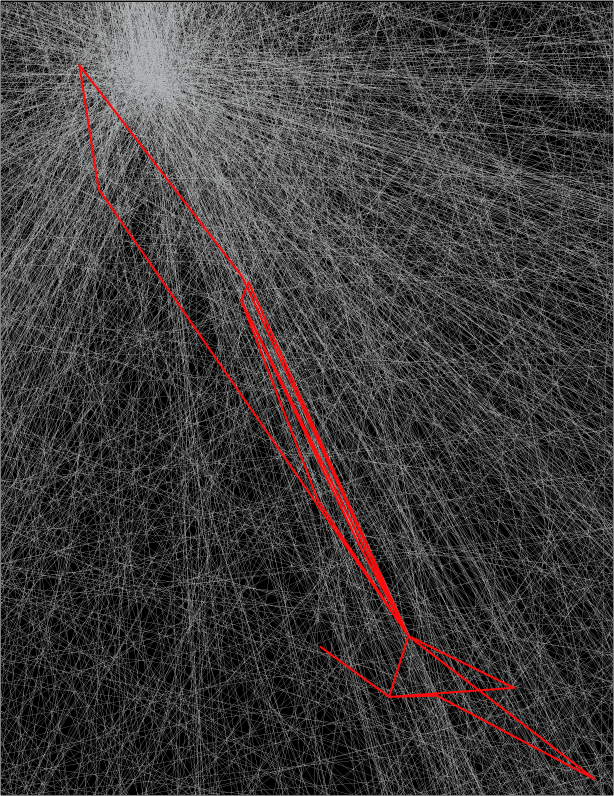
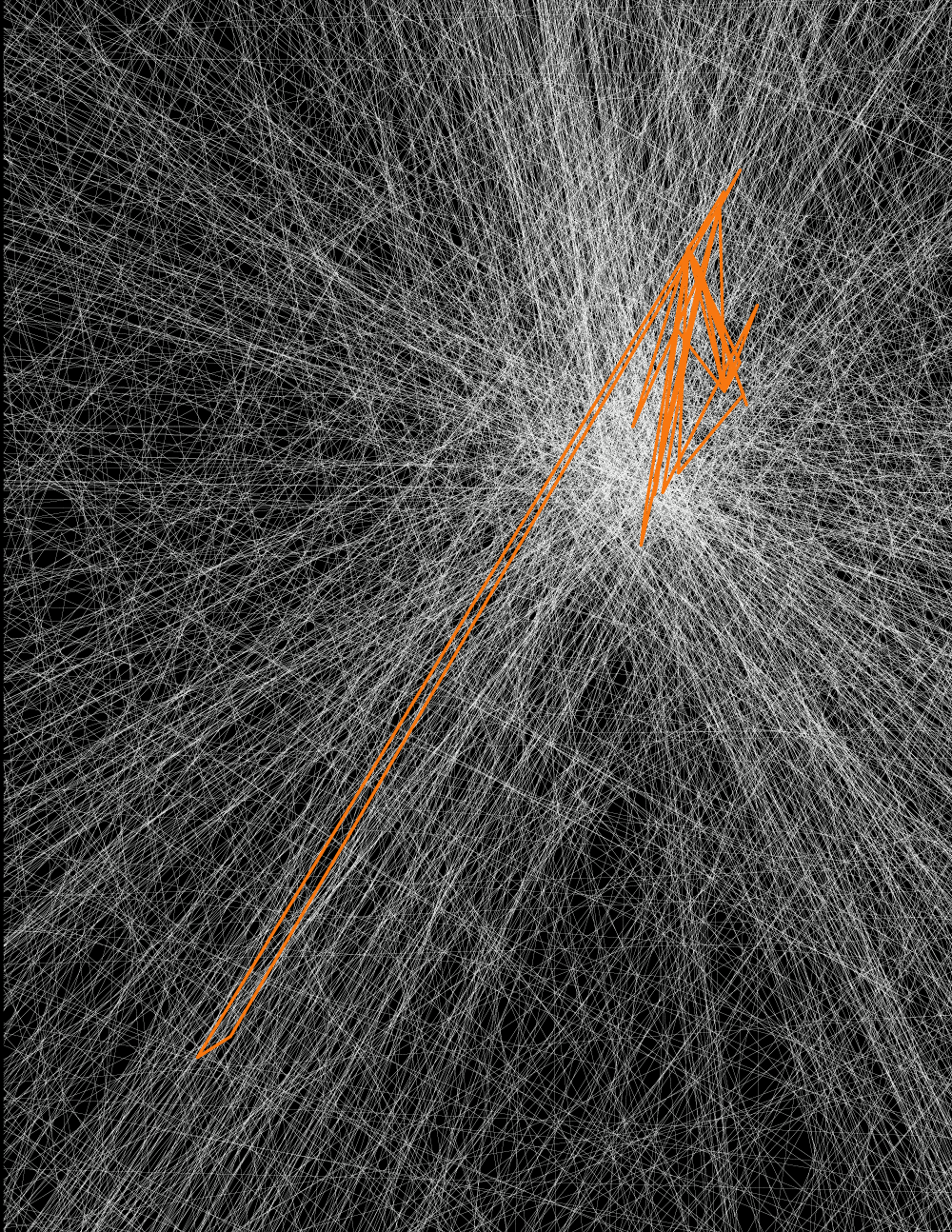

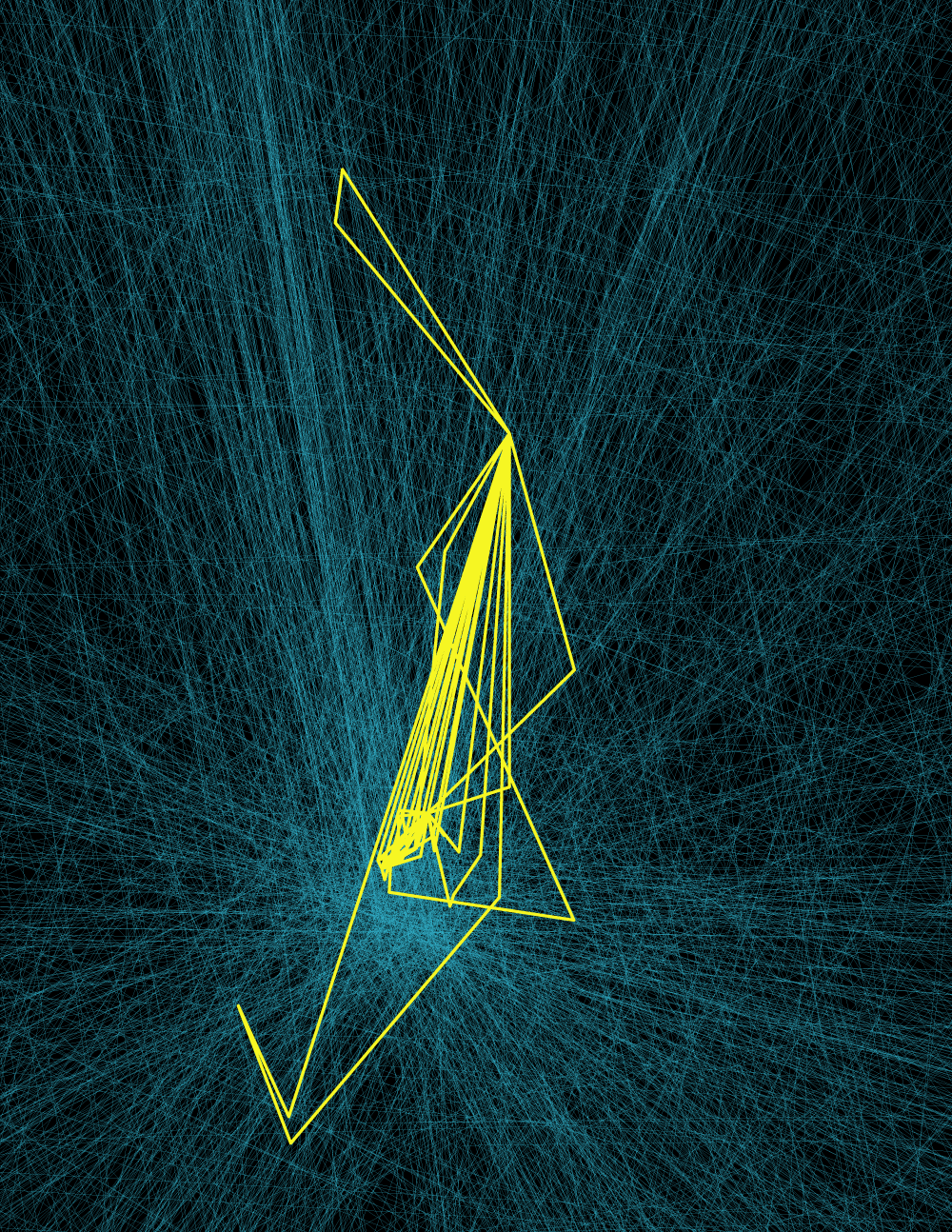
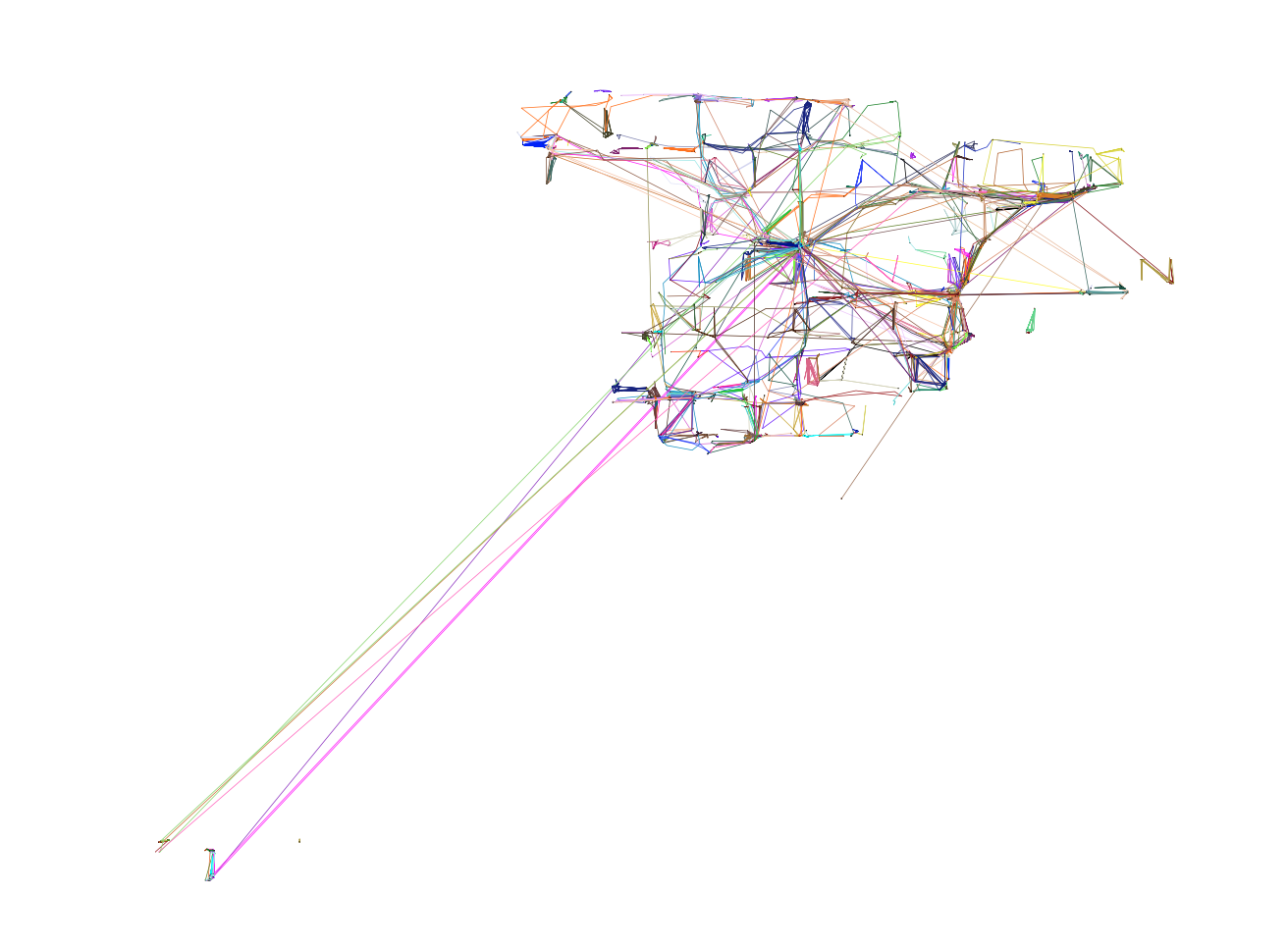
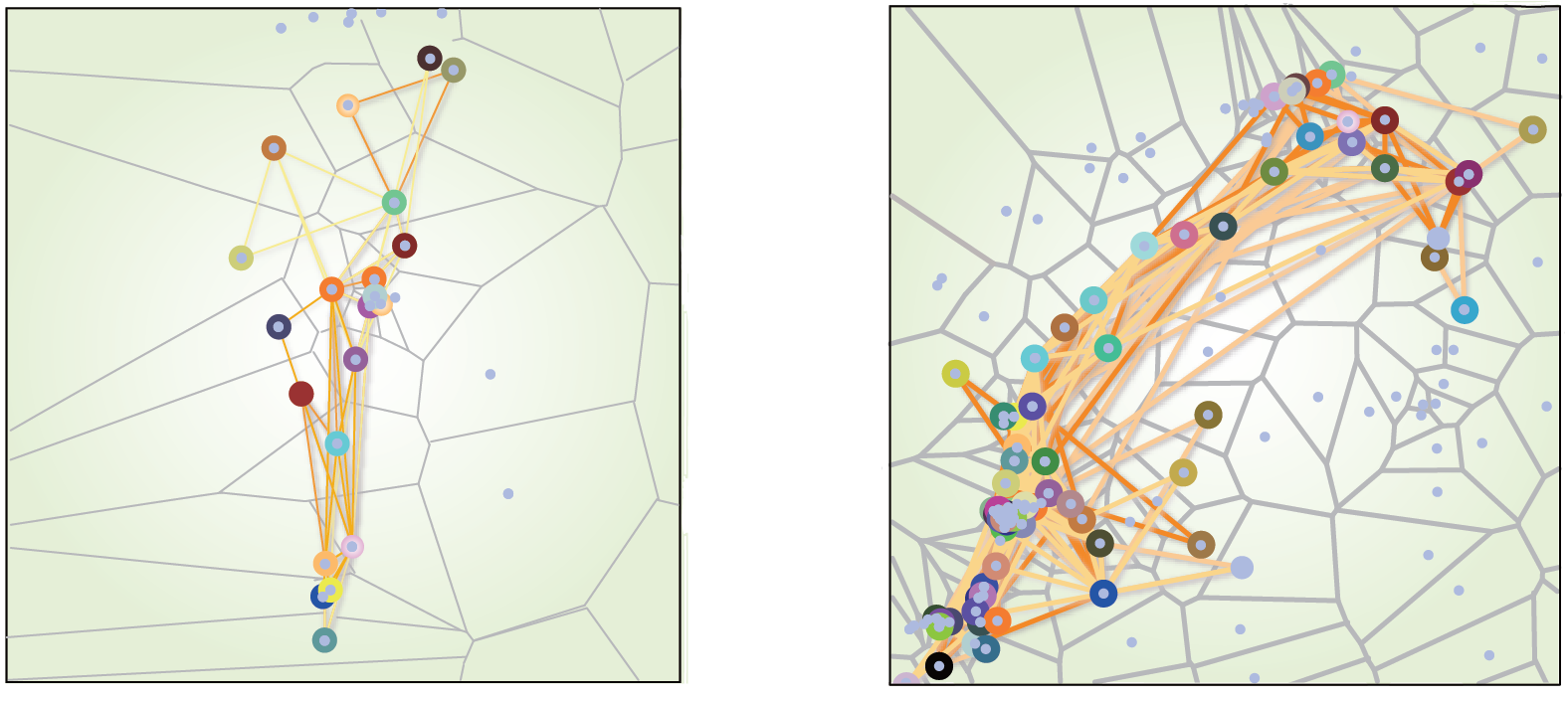







Contact
Social